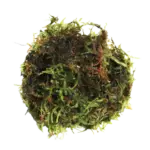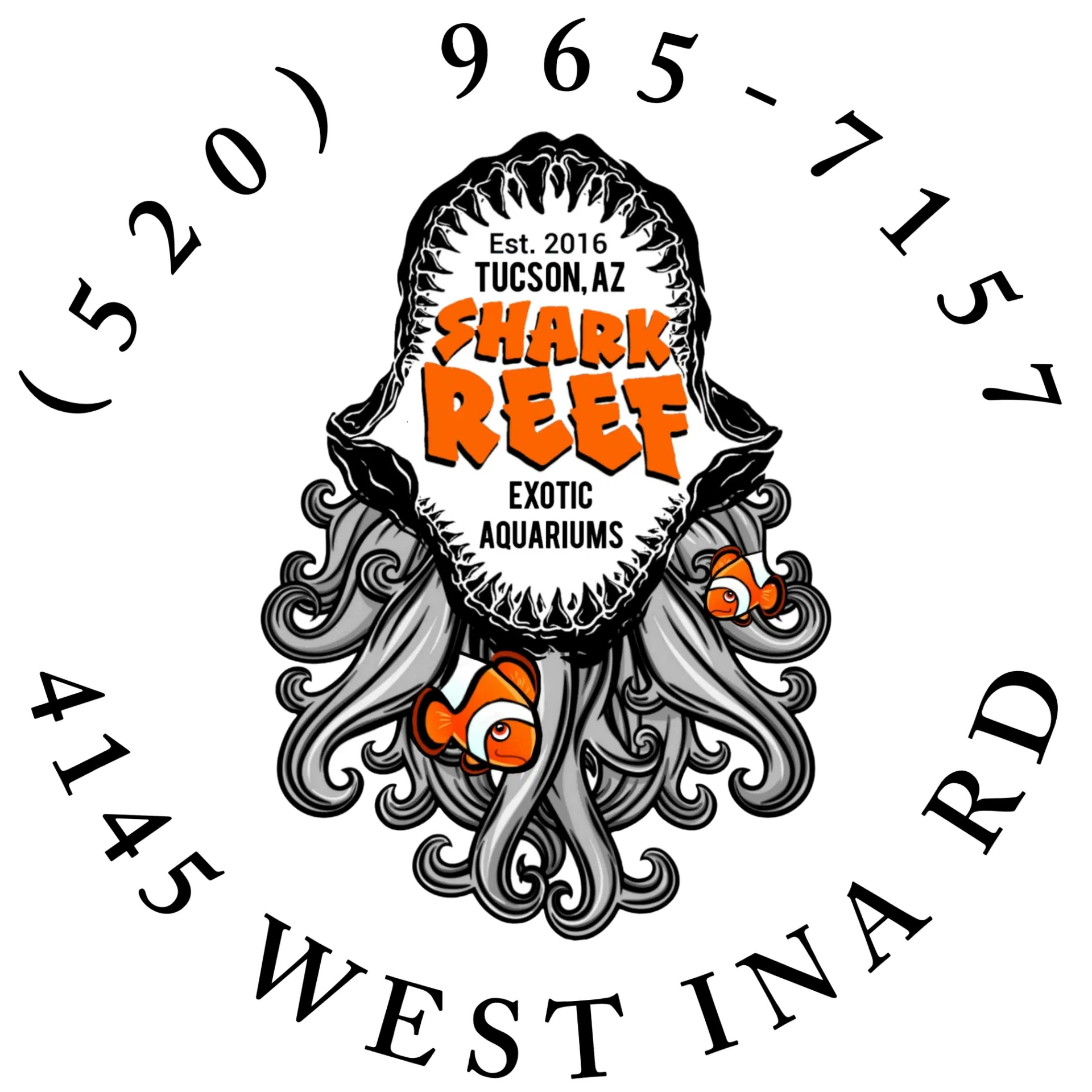| Product Image | Product Name | Price |
|---|---|---|
 | Moss - Java | $9.99 |
 | Moss - Christmas | $9.99 |
Disclaimer: Please note that the images displayed on our website or marketing materials are for illustrative purposes only. Due to the natural variations in appearance that occur between individual fish, coral, plants, etc. The actual product available for purchase may not look precisely the same as the ones shown in the images. Additionally, while we strive for accuracy in our representations, there may occasionally be discrepancies in the images presented. We appreciate your understanding.
Discover the amazing "Moss" product, your exclusive gateway to instant freshness and natural beauty. This unique variant revitalizes any space with its lush, vibrant texture and eco-friendly charm. Simply place it in your desired area, and watch as it transforms your environment effortlessly. Perfect for home or office, "Moss" is the ultimate blend of style and sustainability. Experience the magic today and elevate your surroundings with nature's touch.
Discover the amazing "Moss" product, your exclusive gateway to instant freshness and natural beauty. This unique variant revitalizes any space with its lush, vibrant texture and eco-friendly charm. Simply place it in your desired area, and watch as it transforms your environment effortlessly. Perfect for home or office, "Moss" is the ultimate blend of style and sustainability. Experience the magic today and elevate your surroundings with nature's touch.
{{ reviewsTotal }}{{ options.labels.singularReviewCountLabel }}
{{ reviewsTotal }}{{ options.labels.pluralReviewCountLabel }}
{{ options.labels.newReviewButton }}
{{ userData.canReview.message }}
